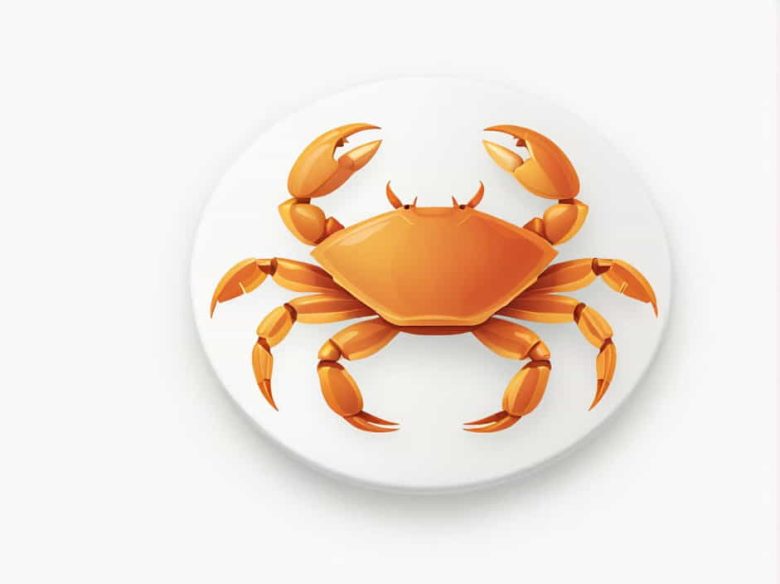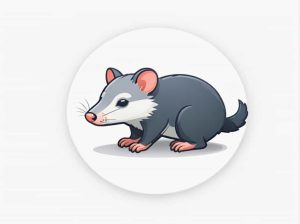The carapace is an essential part of a crab’s anatomy serving as a protective shell that covers its body. This hard outer structure plays a crucial role in defense support and survival. Understanding the carapace helps us learn more about crabs’ biology growth and adaptation to different environments.
In this topic we will explore the function structure composition and importance of the carapace in crabs along with some fascinating facts about this unique feature.
What Is a Carapace?
The carapace is the hard upper shell that covers the main body of a crab. It protects the crab’s vital organs including the gills stomach and heart. The carapace is a key part of the crab’s exoskeleton which provides structure and defense against predators.
Unlike humans who have an internal skeleton crabs and other arthropods rely on this external skeleton for support and movement.
Structure and Composition of the Carapace
1. Made of Chitin
✔ The carapace is primarily composed of chitin a strong but flexible substance.
✔ Chitin is a polysaccharide that also forms the shells of shrimp lobsters and insects.
✔ It provides rigidity while allowing some flexibility for movement.
2. Reinforced with Calcium Carbonate
✔ Many crab species harden their carapace with calcium carbonate making it more durable.
✔ This gives the shell a tough rock-like texture that helps withstand attacks from predators.
3. Growth Rings and Texture
✔ Some crabs have growth rings or ridges on their carapace helping scientists estimate their age.
✔ The texture and shape of the carapace vary by species adapting to different environments.
Functions of the Carapace
1. Protection Against Predators
✔ The carapace acts as armor shielding the crab from birds fish and other marine predators.
✔ Its hard structure prevents injuries from sharp rocks waves and rough surfaces.
2. Support and Structure
✔ The carapace provides a stable framework for the crab’s muscles and organs.
✔ It helps maintain the crab’s overall shape and body integrity.
3. Water Retention and Moisture Control
✔ Land crabs use their carapace to prevent excessive water loss helping them survive outside of water.
✔ It plays a role in moisture retention allowing crabs to breathe effectively.
Molting: How Crabs Grow a New Carapace
Since the carapace does not grow crabs must undergo molting (ecdysis) to increase in size.
1. Molting Process
✔ The crab forms a new soft shell underneath the old one.
✔ It absorbs water expanding its body until the old shell cracks.
✔ The crab wiggles out of the old carapace leaving behind an empty shell.
✔ The new shell hardens over several days providing protection again.
2. Vulnerability During Molting
✔ Molting makes crabs weak and defenseless until their new carapace hardens.
✔ Many crabs hide in burrows or under rocks to avoid predators.
Different Shapes and Sizes of Carapaces
Crabs have a wide variety of carapace shapes depending on their species and habitat:
✔ Rounded Carapace – Found in blue crabs and mud crabs allowing easy movement in water.
✔ Flattened Carapace – Seen in spider crabs helping them blend with the ocean floor.
✔ Highly Decorated Carapace – Some crabs like the decorator crab attach sponges and seaweed for camouflage.
Carapace Coloration and Camouflage
✔ Many crabs have carapaces that match their environment helping them hide from predators.
✔ Some species can change color slightly to blend in better.
✔ Brightly colored carapaces in some crabs serve as a warning to predators about their toxicity.
Interesting Facts About the Crab Carapace
✔ The horseshoe crab though not a true crab has one of the most ancient carapace designs on Earth.
✔ The soft-shell crab is simply a crab that has just molted with its carapace still soft.
✔ Some crabs like the coconut crab develop an extra thick carapace for land survival.
The carapace is an essential part of a crab’s survival providing protection support and adaptation to various environments. Whether in the ocean on sandy beaches or in freshwater habitats the unique design and function of the carapace make crabs one of the most fascinating creatures in the animal kingdom.



